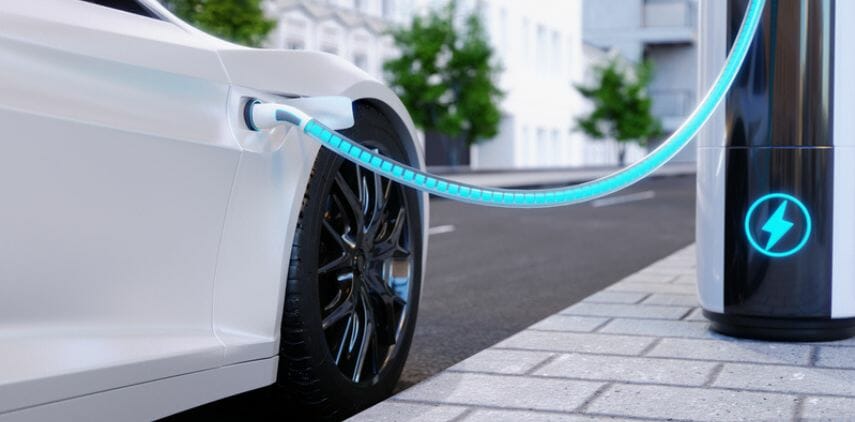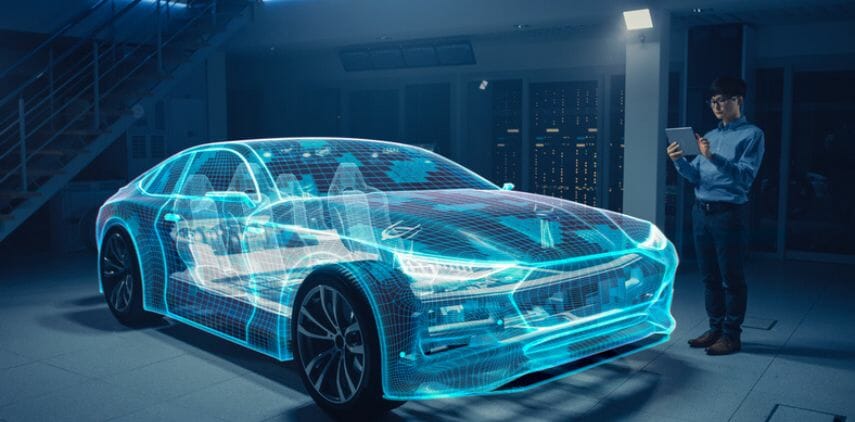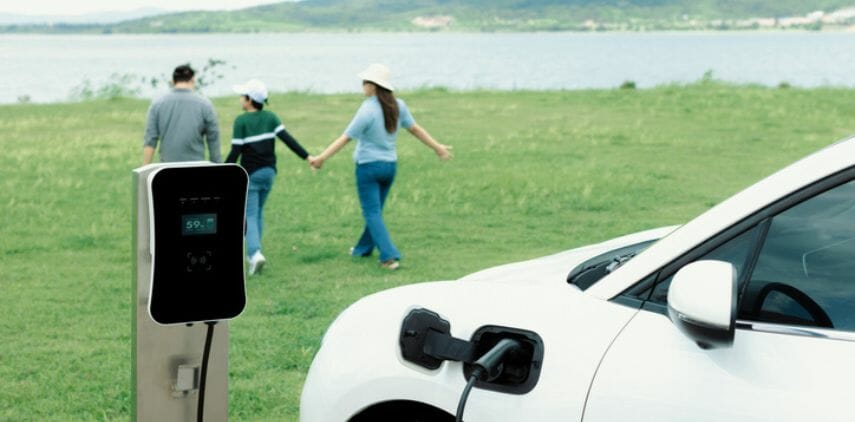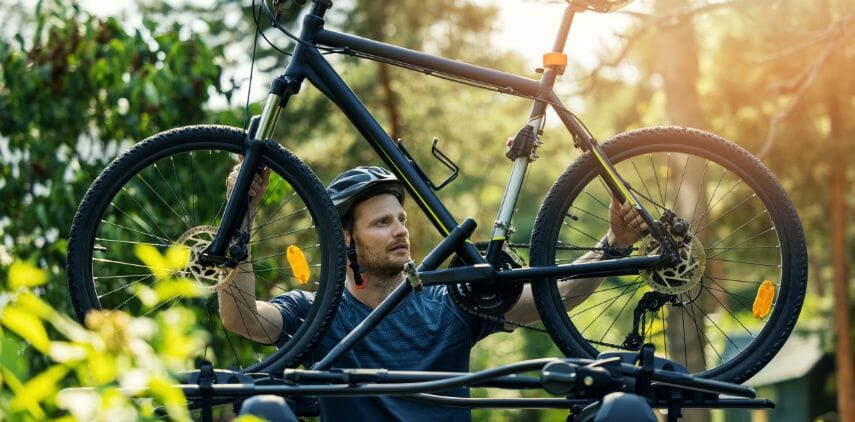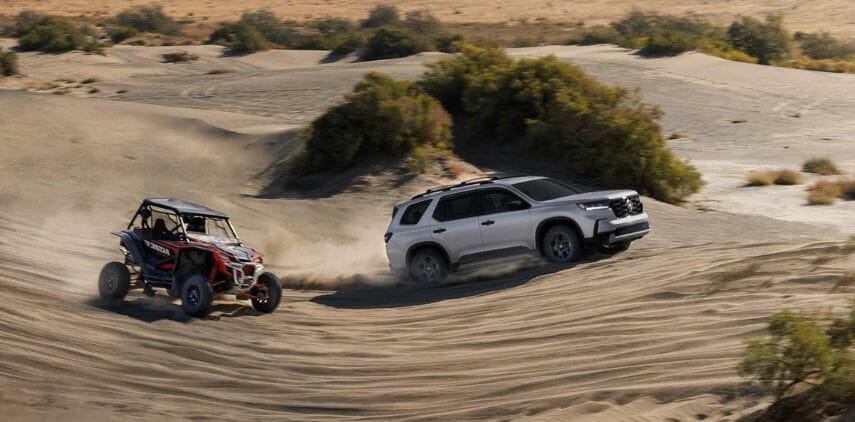Overview
If you’re new to SUVs, it might come as a surprise that they’re trickier to drive than the average passenger car; after all, they don’t operate differently than regular cars. Because standard cars and SUVs are built differently, driving an SUV is an unexpected learning curve, even for experienced drivers.
However, SUVs aren’t inherently harder to drive than regular cars. Becoming familiar with how SUVs handle can help you drive your SUV with ease.
Table of Contents
What Makes SUVs Hard to Drive?
Adjusting to any new car is difficult. However, compared to the average car, SUVs are larger, heavier, and less agile on the road. Driving an SUV for the first time can make you feel clumsy and uncoordinated, just like when you first learned to drive.
SUVs are mechanically similar to standard cars; however, most of the difficulty in driving SUVs comes from the difference in the dimensions, weight distribution, and handling. Here are a few reasons why you may experience a learning curve when you first drive an SUV:
-
More blind spots
The height of an SUV makes it much easier to see ahead of you. However, the tradeoff is that it’s harder to see anything immediately surrounding the car. Anything closer to the ground, whether behind, to the side, or in front of you, becomes much harder to see, making anything there easier to hit.
Drivers of taller cars, including SUVs, might also have more difficulty telling where their SUV is in relation to other objects. It’s much easier to accidentally rear-end someone if you don’t realize that you’re tailgating them.
Newer SUVs often come equipped with backup cameras, which help you see what’s directly behind you but don’t cover the sides or front of your SUV. Since these backup cameras also have blind spots, they can provide a false sense of security, making you think there’s nothing behind you when there actually is.
-
Wider turns
If you’re used to driving smaller cars, you’re probably accustomed to making tight turns. SUVs tend to be longer and can’t make the same sharp turns. New SUV drivers might inadvertently sideswipe or collide with another car because they forget the SUV has a wider turning circle than a regular car.
-
Heavier vehicle
Many SUVs operate smoothly, making it easy to forget that they’re heavier than the average car. But heavier cars take longer to brake. Drivers used to lighter cars may hit the brakes too late on an SUV, causing an accident.
It can be even harder to brake on time with bad weather. Rain and snow cause oil to resurface on the roads, making them slippery, and it’s hard to gain traction on icy roads even if your SUV is a four-wheel drive. No matter why the road is slick, the result is the same: your SUV takes longer to stop, and you risk hitting something or someone.
-
Tougher parking
Navigating parking lots or parallel parking might seem like second nature, but even parking gets trickier in an SUV. Since SUVs are larger and longer than typical cars, it can be harder to pull into a parking space or parallel-park without clipping something.
-
Higher risk of rollovers
Smaller vehicles have a relatively low center of gravity, making them harder to tip over. On the other hand, the height of SUVs places their center of gravity much higher. Any conditions that could potentially set your car off-balance, like swerving or driving in strong wind, significantly increase the chance of a rollover.
The risk of rollovers rises even more if your SUV is carrying a lot of weight. Your SUV gets heavier when you transport multiple passengers or heavy objects, towing something behind the SUV, or carrying heavy items on top. The heavier the SUV is, the easier it is to topple over.
Driving Safely in an SUV
While it’s true that SUVs aren’t as easy to drive as most passenger vehicles, that doesn’t make them inherently dangerous. Driving an SUV becomes easier when you adopt new safety strategies and practice them frequently.
-
Check around the car before you drive
Just because you don’t see anything in your rearview mirror doesn’t mean there’s nothing there. Before you get into your SUV, circle the outside of the car to ensure there are no objects, children, or animals nearby. Even if you have a backup camera, don’t rely on it to ensure the coast is clear; backup cameras have blind spots, too.
-
Allow more room for turns
Whether driving down long curving roads or turning at an intersection, give yourself some extra room before you begin making the turn. If you don’t allow yourself the space, you’re more likely to hit someone or scrape the side of your vehicle.
Additionally, don’t yank on the steering wheel, hoping to make a sharp turn. If you do this, you risk knocking your SUV off-balance. This will cause the SUV to roll over, and rollover crashes can be fatal.
-
Brake earlier
SUVs don’t stop as quickly as regular cars. Begin braking earlier than you would in a standard car, so you stop before you need to and don’t have to slam on the brakes. This is especially important if the roads are slippery.
Always follow the 3-second rule to maintain a safe distance between your SUV and other vehicles. Count to three when a vehicle in front of you passes a landmark. If you reach that same landmark before you finish counting to three, you are following too closely and should increase your distance. Increase the distance to four seconds for inclement weather.
-
Reduce weight inside the car
Fully packing an SUV makes it heavier, and since SUVs have a higher center of gravity, a heavier SUV is at a higher risk of a rollover. Ideally, try limiting the number of passengers and heavy materials inside your SUV. If this isn’t possible, take extra caution to drive slowly and avoid sharp turns.
It’s also important to distribute the weight as evenly throughout the car and limit the number of objects you tie on top. Putting all the heavy objects on one side of the SUV concentrates the weight on that side, and tying things to the top of the SUV raises the height and alters the vehicle’s center of gravity. Both of these make it easier for the SUV to tip over.
-
Get an SUV with safety features
More SUVs are being built with safety features, like backup cameras, automatic braking, and sensors to detect nearby cars or objects. Getting an SUV with these features provides extra security against potential hazards, especially ones that require a quick reaction.
Your car’s safety features aren’t a substitute for taking precautions. You’ll still need to drive defensively and pay attention to your surroundings.
-
Drive a smaller SUV
Larger SUVs are harder to adjust to than smaller ones because they’re often significantly heavier and taller than typical cars. If you’re picking out your own SUV, start with a smaller model to lessen the learning curve rather than jumping straight to a full-size SUV.
Pick the Safest SUV with SUViews
Switching from a regular car to an SUV takes some adjustment. If you’re the new driver of an SUV, check out the SUViews blog to learn more about SUVs. The more you know about SUVs and safety, the more prepared you’ll be to drive one.


